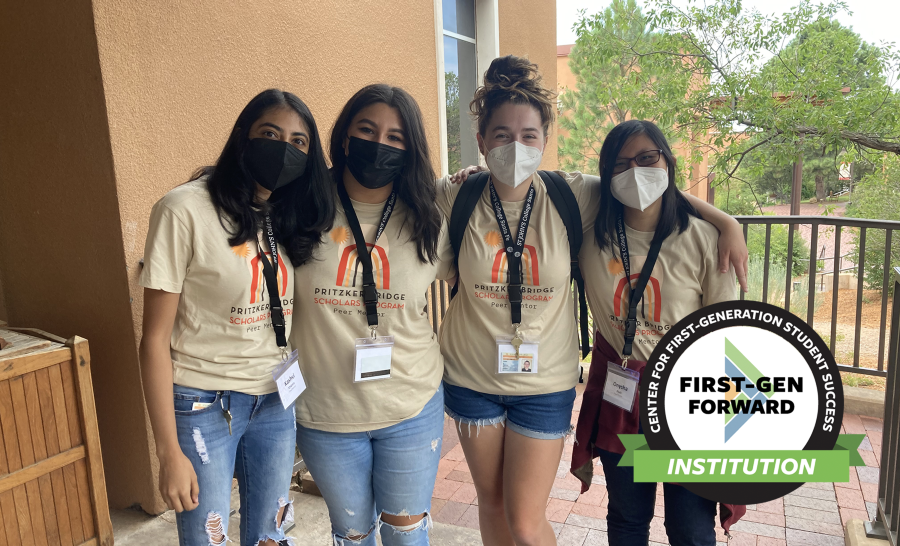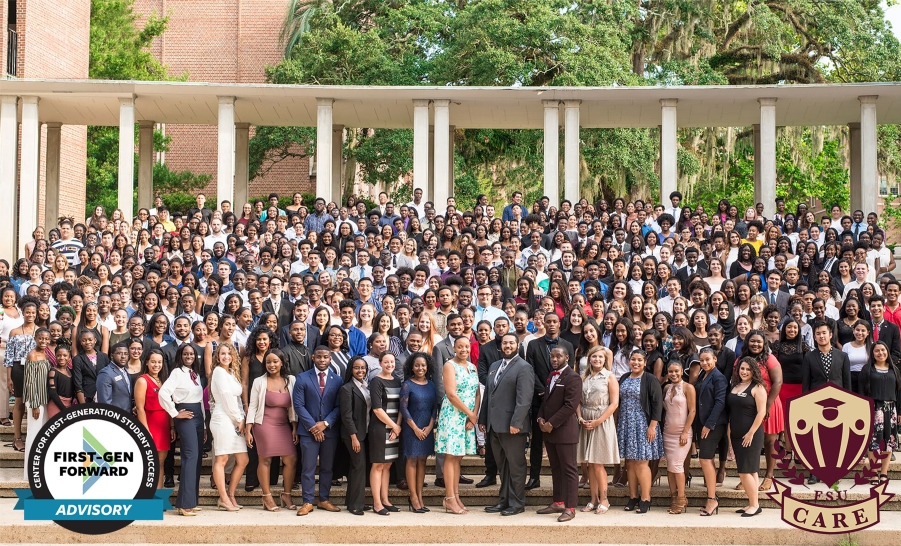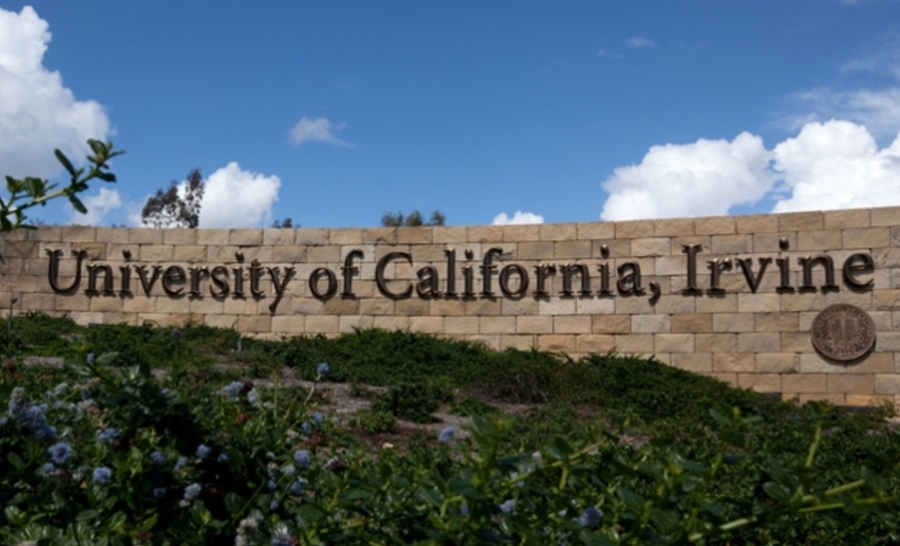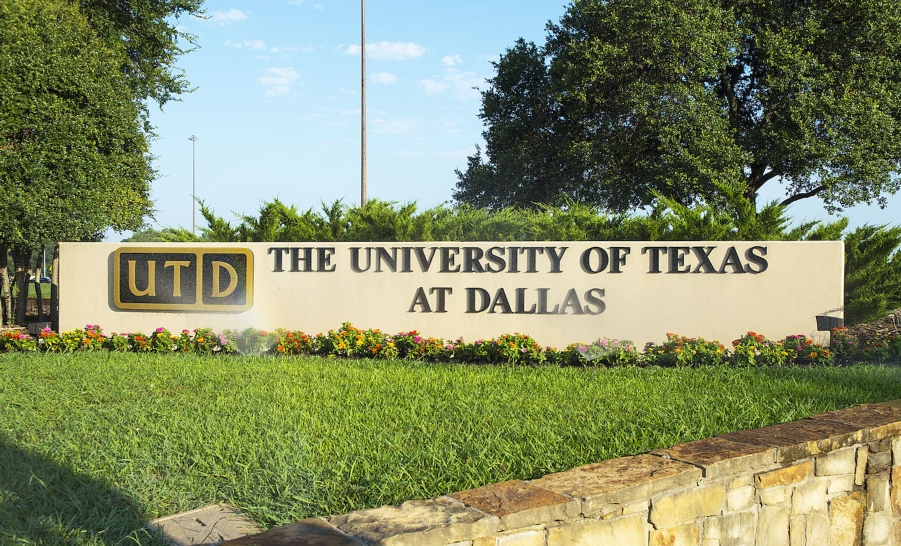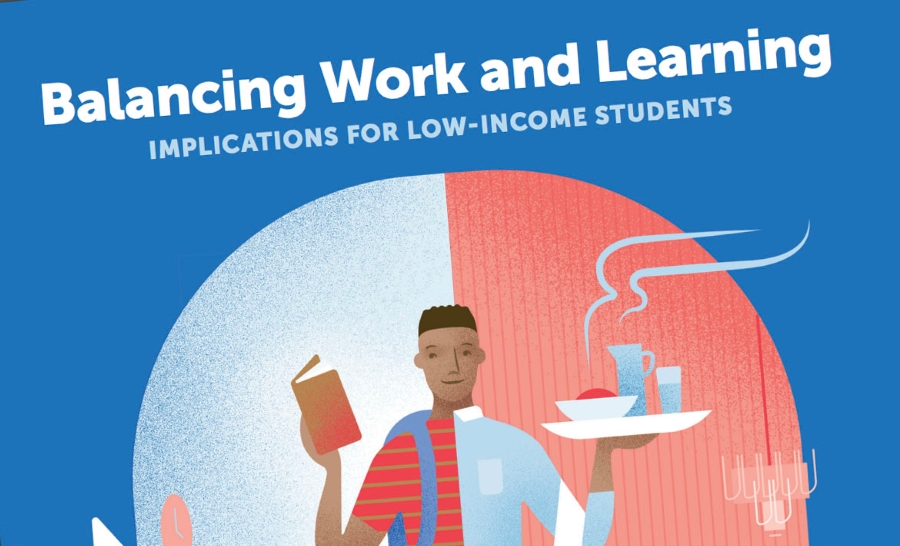Near-Peer Leaders Share Their Stories to Help Students See Themselves in STEM
Kyle F. Trenshaw Ph.D., University of Rochester / FirstGen Forward / March 27, 2020
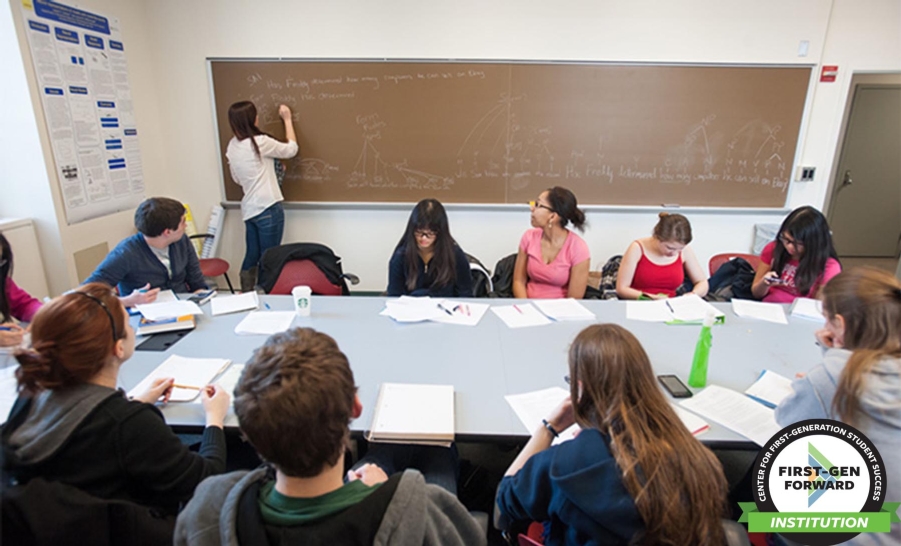
This blog was submitted by Kyle F. Trenshaw. Kyle is a STEM Education Specialist at the Center for Excellence in Teaching and Learning at the University of Rochester. He is also a member of Rochester’s First-Generation Students and Families Committee.
As a STEM Education Specialist, one of my goals in my work at the Center for Excellence in Teaching and Learning is bringing out the humanity in STEM fields. When I was an undergraduate in engineering, there was always an implicit message that being objective was the goal, that stripping yourself of your humanity would make you a better engineer. I think that environment really shaped the way I thought about my work as a graduate student and was the main reason that I quit my chemical engineering Master’s project to join a team of engineering education researchers for my doctoral work. I knew that I would never not be a human, so why try? And I wanted to understand the connections between this lack of sense of belonging that I felt and the way that my instructors had shaped what engineering was (and was not) for me through my coursework.
At the University of Rochester, we are a national leader in a pedagogical style called peer-led team learning, or PLTL for short. Our PLTL Workshop Program fosters collaboration and connection between undergraduate students in large introductory courses (often in STEM fields) and their near-peers, a term that describes students who just recently took the same course and are only a semester or two senior to the students they are teaching. The PLTL Workshops are small, usually only six to ten students, so there is a lot more space for students to build relationships and really get to know one another. One of the best things about the program is that the near-peers who lead the PLTL Workshop sessions are trained to foster a sense of belonging and community as well as acknowledge and value difference among their students; they humanize the coursework, especially in those STEM courses where students can get lost in the crowd of a large auditorium.

So I set out to see if this same format of biographical profiles could help first-gen students and students of color at the University of Rochester relate more to their PLTL Workshop leaders and, just maybe, attend more of these vital course resources. I asked my leaders to respond to a series of deep questions about their passions in college, their transition from high school, and their experiences with failure and success. I crafted their responses into one page profiles that were posted on the Blackboard sites for various introductory courses across campus. The results of the first two semesters of profiles (Fall 2018 and Spring 2019) are promising. In particular, first-gen students and students of color who viewed the profiles attended more workshops in courses in both the two-semester (MTH 161/162) and three-semester (MTH 141/142/143) calculus sequences. These courses are often foundational to obtaining degrees in STEM fields. Another interesting thing we noticed from our data was that having a near-peer as the PLTL Workshop leader really mattered for students in the three-semester calculus sequence. That is, for students who elect to take this extended sequence, having someone who more recently took calculus and who could more easily relate to the struggles of the students in their PLTL Workshops resulted in significantly higher attendance at those sessions (compared to graduate student leaders).
Although I cannot prove causation--students who took the time to look around the course Blackboard sites might well be the same student who would have attended PLTL Workshops no matter what--at the very least the profiles provide a window into the humanity of our academic life. We are not robots who emerge from our storage closets just to teach and then power down until the next lecture. We are human. We all care about our loved ones. We all aspire to reach our goals. We all make mistakes. We all fail. And we are all in this together.
